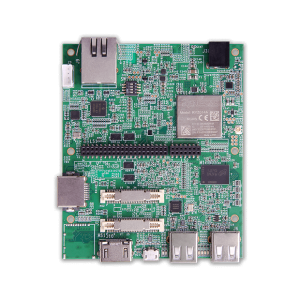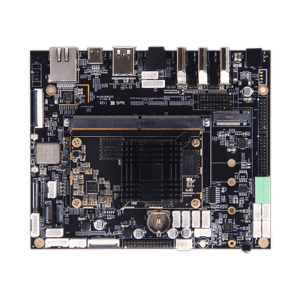System on Component vs. Simple Table Pc: Critical Differences Explained
System on Component vs. Simple Table Pc: Critical Differences Explained
Blog Article
Unlocking New Opportunities with Sophisticated System on Component Designs
Developing a new service frequently requires long timelines, intricate designs, and significant source investment. For businesses trying to increase this process while maintaining supreme quality standards, a embedded computer module gift suggestions an progressive solution. This lightweight element not merely simplifies the growth method but also helps increase solution development rounds without compromising performance or reliability.

SoM: A Making Block for Effective Item Progress
A System on Module (SoM) is just a complete processing component that encapsulates most of the parts required to operate a certain application. It always consists of a processor, memory, storage, and different essential peripherals such as connection options and communication interfaces. The main element advantageous asset of an SoM is its compact measurement, which makes it easy to combine in to any solution design.
Streamlining Solution Growth with SoMs
Usually, developing a new product requires planning and creating every portion from scratch. This process can be time-consuming and resource-intensive, especially for complicated products.
What's a Process on Module
A System on Component, frequently abbreviated as industrial single board computer, is really a compact, incorporated circuit that comes pre-loaded with necessary parts such as a microprocessor, storage, power management, and often even connectivity options. Think of it as a pre-built basis for the product, enabling developers to focus on unique functionalities without reinventing the wheel.
Why System on Component Benefits Solution Development
Here are a few ways a Process on Component considerably boosts the merchandise growth process.
Simplifies the Design Process
Having a custom board from damage requires time-consuming tasks like selecting components, planning the signal, and testing hardware. By developing different key functionalities, an SoM simplifies that process. Designers can focus on planning the unique areas of their item instead of fretting about low-level electronics complexities.
An example worth considering is in IoT devices. Instead of planning every part, designers can use an SoM to incorporate essential IoT features easily, decreasing the entire time for you to market.
Diminishes Risk
Custom hardware design inherently bears dangers of errors and delays. Debugging and ensuring component compatibility can pull timelines. An off-the-shelf Program on Module is pre-tested for functionality and reliability, lowering likelihood of problems and ensuring a reliable foundation. Developers may confidently construct upon this without worrying about the basics.
Reduces Costs
While upfront charges of an SoM might appear more than some components, it finally preserves time and reference allocation, lowering costs in the extended run. Furthermore, the option of widely-used adventures assures scalability without requesting regular redesigns.
Speeds Up Prototyping

Quick prototyping is required for companies aiming to iterate easily and fit industry demands. An SoM enables quicker prototyping by providing a ready-to-use foundation. Clubs can quickly build a prototype, check performance, and make improvements without awaiting intensive hardware style cycles.
Helps Maintenance
System on Segments are designed to present long-term help, which guarantees compatibility over time. Upgrades or improvements to the component do not require a complete redesign, further accelerating future item iterations.
Empowering Faster Innovation
Adopting a System on Module can revolutionize how products are developed. By lowering style complexities, reducing risks, and allowing scalability, companies can deliver impressive alternatives more efficiently. For industries wherever time to promote is really a critical metric for success, establishing an SoM in to the progress process is a game-changing strategy. Report this page